Highlights:
- Introduces a new one-shot pruning method for deep neural networks guided by a teacher model.
- Integrates Knowledge Distillation during pruning to improve performance retention.
- Eliminates repetitive train-prune-retrain cycles, reducing computational overhead.
- Achieves high sparsity without significant accuracy loss across CIFAR-10, CIFAR-100, and TinyImageNet.
TLDR:
A research team introduces a novel teacher-guided one-shot pruning framework that integrates Knowledge Distillation during importance score estimation, drastically cutting computation time while maintaining model accuracy — setting a new benchmark for efficient deep learning model compression.
In a groundbreaking study titled *Teacher-Guided One-Shot Pruning via Context-Aware Knowledge Distillation*, researchers Md. Samiul Alim, Sharjil Khan, Amrijit Biswas, Fuad Rahman, Shafin Rahman, and Nabeel Mohammed propose a transformative approach to neural network compression. The research, accepted for presentation at IEEE Big Data 2025, targets one of the most pressing issues in modern deep learning — the computational burden of iterative pruning and retraining cycles traditionally required to downsize large networks.
Unstructured pruning is a well-known technique used to reduce model size by removing redundant parameters without altering the overall structure. However, most existing methods depend on repeated cycles of training, pruning, and retraining, leading to massive computational costs. The team’s new approach redefines this process with a one-shot global pruning mechanism guided by a teacher model. By leveraging **Knowledge Distillation (KD)** not as a recovery phase but as an integrated component during importance score estimation, the framework makes pruning both data- and context-aware. Gradient feedback from the teacher model plays a pivotal role in identifying parameters that are crucial for task accuracy and effective knowledge retention.
The proposed method offers two key advantages: computational efficiency and high-performance retention. Once pruning is complete, sparsity-aware retraining — conducted with and without the teacher model — ensures that only the remaining weights contribute to recovery, without reintroducing the pruned connections. This combination results in substantial reductions in resource consumption while maintaining accuracy levels comparable to dense models. Experiments across notable image classification datasets such as **CIFAR-10, CIFAR-100, and TinyImageNet** showcase the superiority of this framework. At extreme sparsity levels, the model surpasses existing pruning algorithms like EPG, EPSD, and COLT, establishing itself as a leading solution for deploying AI models on limited-resource hardware, such as edge devices and embedded systems.
The introduction of the teacher-guided one-shot pruning framework marks a significant step toward more sustainable and deployable AI technology. As the demand for compact, high-performing AI models grows across sectors — from mobile computing to autonomous systems — this innovation stands to influence the future of deep learning compression techniques and real-world AI deployment.
Source:
Source:
Original research: Md. Samiul Alim, Sharjil Khan, Amrijit Biswas, Fuad Rahman, Shafin Rahman, and Nabeel Mohammed. ‘Teacher-Guided One-Shot Pruning via Context-Aware Knowledge Distillation.’ arXiv:2511.16653 [cs.CV], submitted on November 20, 2025. DOI: https://doi.org/10.48550/arXiv.2511.16653
